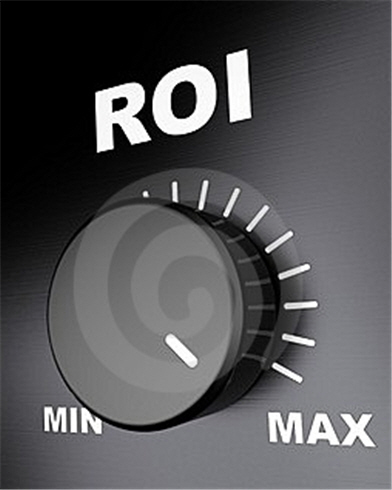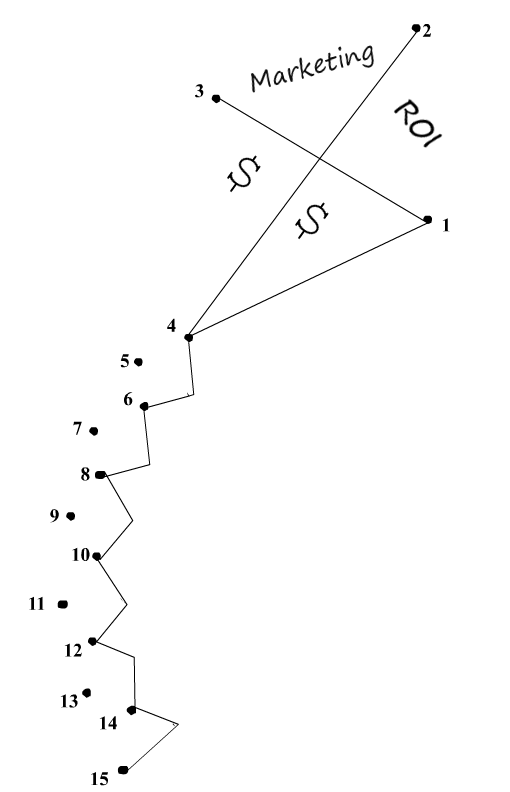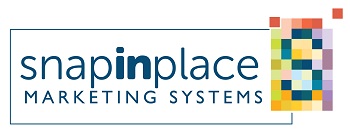Profits, like sausages… are esteemed most by those who know least about what goes into them.
— Alvin Touffler
Its An Effective Marketing Process, You Say? Then Prove It!
 According to the CMO Council nearly 30% of CEOs currently hope to reorganize their marketing departments. Their top objective is to increase the efficiency of the marketing operation.
According to the CMO Council nearly 30% of CEOs currently hope to reorganize their marketing departments. Their top objective is to increase the efficiency of the marketing operation.
Facing tenures of less than 2 years, CMOs are correspondingly focusing on their top priority, which is to improve marketing analytics to gauge how their operations impact company revenue, profitability, market share and customer value.
However, marketings relationship to revenue generation is tacit at best. Marketings job is not so concrete as to generate revenue the way sales does. Instead it holds the ethereal responsibility of projecting the companys image to the customer to make the company distinct from its competitors.
Consequently, marketing faces tangible expectations today that conflict with its more intangible purpose for being.
CEOs and CFOs accustomed to being accountable to shareholders may acknowledge privately that marketing is in the business of image-making and that measuring this function may be difficult.
Publicly executives continue to expect concrete measurements of performance linked to substance and not form. Their substance of preference is revenue because one concrete element by which marketing can be measured is financial expense.
Therefore, marketing cannot dodge this bullet. Somehow it must come to assess its impact on the bottom line, and balance its entries in the T-account or else bean counters will do so on its behalf, by slashing budgets and restructuring the department to match their own image. Thats the typical situation whenever you hear marketing is being managed by the numbers.
Estimating One Kind Of Marketing ROI
The CMOs plight is not unique. The CIO has contended with the same challenge for years, confronting perhaps its worst experience during the post dot-com doldrums. Something I learned going through that episode as a liaison between the CMO and the CIO was that ROI estimation is not a science. At best it is an art because in marketing there are few laws on which to peg ones models, the way physicists do, for example, when dealing with thermodynamics or gravity.
For this reason the following Return On Investment (ROI) calculator that I present to you might or might not meet your purposes. However, it is a reliable model if you wish to approximate the impact that a targeted marketing activity might have on a companys revenue.
This calculator provides an estimate of ROI that could be verified with the assistance of some helpful sales reps. With that feedback you can fine-tune the model, recalibrating it by modifying input values for your next calculation. In either case, it offers you a starting point for ROI, and it’s free. What more can you ask for?
Estimating Marketing Process Automation ROI
Now onto a different kind of marketing ROI calculation. What is the ROI of Software-as-a-Service (SaaS) to improve operational efficiency at the lowest technology entry cost possible for marketing? Whether youre a SMB in need of high-end functionality without the high-end expense of an on-premises solution or an enterprise organization with a business model that opts for cloud computing instead of running IT as a core competency for strategic advantage, SaaS presents an investment alternative that requires ROI estimation.
The starting assumption here will be that you already have in mind a clear idea of your marketing process. Marketing process outsourcing is a tricky deal. One size does not fit all. That is why SaaS providers need to configure their applications to match your requirements. A SaaS marketing database and the process it supports are not the result of spontaneous generation.
 You need to apply yourself to a strategic marketing planning process discipline for your marketing operation well in advance of having any SaaS visit you, unless you wish the SaaS to tell you what your marketing process ought to be.
You need to apply yourself to a strategic marketing planning process discipline for your marketing operation well in advance of having any SaaS visit you, unless you wish the SaaS to tell you what your marketing process ought to be.
Dont doubt for a minute that this marketing process will then look exactly like the application that the SaaS is peddling. Marketing process automation using cloudware involves risk that needs mitigation far above the affordability of a low subscription payment plan.
As described of Acxiom Corporation in a Forrester report about database marketing service providers, to be a strong player in this space the service provider must integrate technology, strategy, analytics and creative.”
Therefore, using Acxiom as an example, the provider should be able to address “Customer Data Integration (CDI) technology, data, database services, IT outsourcing, risk mitigation, consulting and analytics, and privacy leadership,” as Acxioms website describes about its marketing database solutions, plus be able to partner with and integrate their services to specialized third-party solutions to add depth of functionality to the baseline marketing process service offering.
Consequently, with all this in mind, view marketing process automation through a cloud computing or SaaS-centric marketing database model of operation as requiring the conventional multi-phased approach to project management that is necessary of any on-premises software deployment initiative.
This is why this second free Marketing Automation ROI Calculator might be of use to you, if youre after estimating the costs and benefits of launching one such type of SaaS solution versus an on-premises or hybrid alternative.
Return to Marketing Automation from Marketing Process ROI: Show Me The Money
